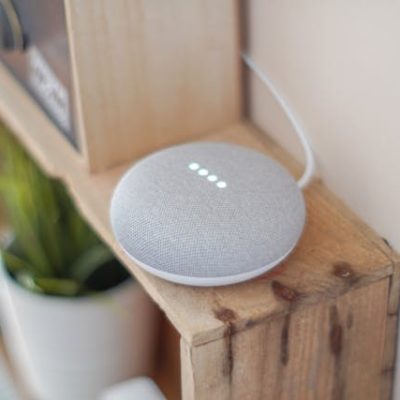Proper storage and handling of foods is vital when it comes to maintaining high levels of catering standards. In settings such as care homes and hospitals, where consumers might be at heightened risk and where consuming a healthy meal is a key factor of their care and recovery, this is essential. In such settings, catering staff and employers should recognise and observe a strict regime when it comes to proper food storage and safety.
By following proper storage and handling practices, you can reduce the risk of cross-contamination and protect food quality. Failing to comply with food safety and storage guidelines can have serious implications for your business and, in some cases, it can result in the closure of your business. Let’s take a look at some top tips for food storage and safety.
Clean Your Refrigerator
One of the most important aspects of food storage and safety is the cleanliness of your storage facilities, including your refrigerator. As fridges are typically used to store fresh food and ingredients, it’s vital that you regularly clean and sanitise them fully. Instead of wiping around your stock, pull out all produce and thoroughly clean, wipe and disinfect every surface where fresh food may be in contact.
It’s important to use a food-safe disinfectant when cleaning areas where food is stored so as not to contaminate fresh produce. You should, ideally, be looking to clean refrigerators once every week or two, depending on the produce you store in them. If you use fridges to store a mixture of meats, fruits and vegetables, then cleaning should be done more regularly in case of spills.
If you have large refrigerators which are tricky to clean due to access issues, then consider investing in specialist cleaning services who will be able to operate outside of your usual business hours to minimise disruption and carry out full regular cleans.
Expiration Dates & Stock Rotation
In order to avoid using out of date produce and putting people at risk of consuming spoiled food, you should regularly check expiry dates and carry out stock rotation and checks whenever you get new or fresh stock. “Best By” dates mean that the product is recommended to be used by this date for the best flavour or quality, whereas “Use By” dates mean that a product must be used by the date specified for safety. You can freeze products to extend this date, but not all foods can be frozen and, on commercial scales, it’s not always effective or safe to defrost foods.
Rotating stock is vital in almost any kitchen or food storage facility. By using a first in, first out system, you can ensure that foods closest to their “Use By” dates are used in advance of this. This is a very simple yet effective procedure that stops old food from being left and forgotten about at the back of the fridge, risking contaminating any other fresh foods or produce. You could use day dots to label foods so that anyone with access to the produce knows the dates of the products. This is a relatively inexpensive but effective way to ensure your first in, first out system is followed, minimising the risk of contamination.
Monitor Storage Temperatures
Storing your food and fresh produce at the right temperature will prevent bacteria from growing, ensuring the freshness and safety of the food. If food is stored above 8ºc, then the risk of bacteria that could cause food poisoning increases. As a result, it is a legal requirement to ensure fridges are kept below 5ºc, with a recommended temperature between 1-4ºc.
Frozen foods should be stored at around -18ºc to ensure that food is kept fully frozen and is at no risk of thawing. It’s also important to avoid overstocking fridges and freezers as this can prevent proper circulation of air, which can then create hot spots, where bacteria can thrive. Regularly monitoring the temperatures of your food storage areas, including shelving, fridges, freezers and cold rooms, is vital to food safety.
Monitor temperatures every week and keep a log of the temperatures recorded so that, if ever required, you can show evidential proof of the temperatures. If your business ever applies for a food hygiene certificate or other similar certification, then you will need to show that you can properly monitor, log and maintain optimal temperatures.





